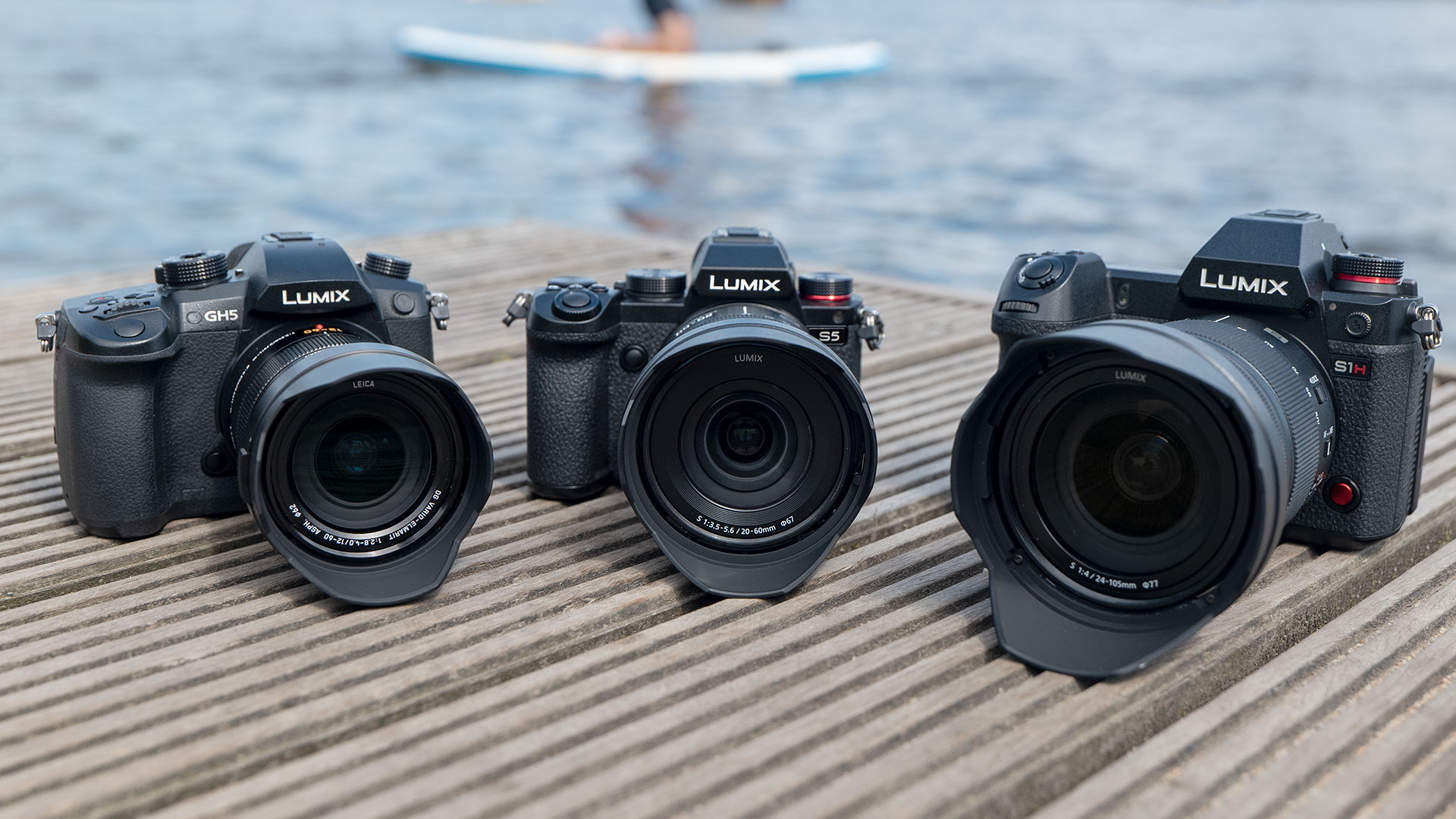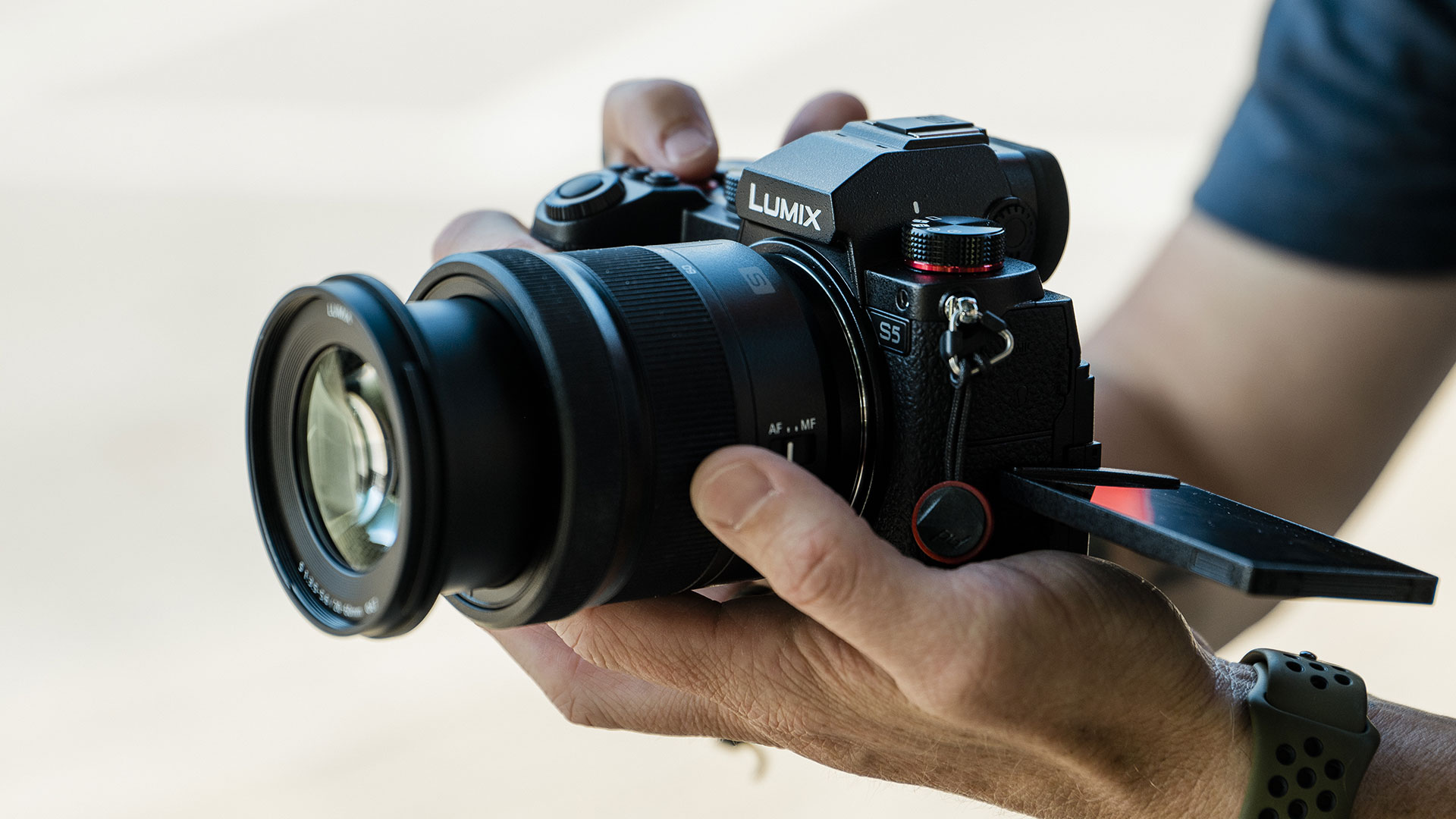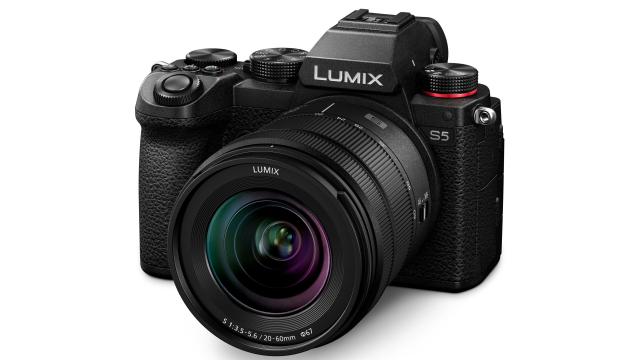As much as I appreciate Panasonic’s beastly pro-grade S1 cameras, I have to admit they are more camera than I really need, or more importantly, more camera than I’d ever want to carry around. But with the launch of the new Lumix S5, Panasonic has taken a lot of the best parts from its flagship full-frame mirrorless camera and put them into a lighter and more compact body.
Starting at $US2000 ($2,711) (body only), Panasonic says the S5 is meant to deliver strong stills and video performance with support for super fast autofocus speeds, wide ISO sensitivity, and 40K/60fps video recording with 4:2:0 10-bit colour (or 4:2:2 10-bit at 4K/30). At its core, the S5 is powered by the same 24.2-MP full-frame sensor used in the S1, which offers more than 14 stops of dynamic range and a special 96-MP High Resolution mode for even more detailed images.

Also, like the S1, the S5 supports Dual Native ISO sensitivity with the native ISOs set at ISO 640 and 4000, so the camera should perform well in both bright light and low light conditions. Meanwhile, by combining 5-axis in-body stabilisation with 2-axis OIS, Panasonic says the S5 can deliver up to 6.5 stops of shake reduction.
One thing that will be interesting to see is how much better the S5’s autofocus is, with Panasonic claiming new improvements to its DFD tech (Depth from Defocus) allow for better tracking of small and fast moving subjects, especially when using continuous autofocus. Previously, occasionally imprecise autofocus was one of the few knocks against the S1, with the camera sometimes prone to wobbling especially when you were using the S1’s electronic viewfinder. Elsewhere, Panasonic says that the S5 also features deep learning tech that can pick out both humans and animals, with the camera able to detect heads, eyes, faces, and bodies separately to deliver better focus tracking.

On the S5, in addition to a 2.36 million dot OLED EVF with a 0.74x magnification, the S5 also comes with a “free-angle” or vari-angle LCD touchscreen that can flip out and be tilted 180-degrees. This means the S5 could be a good dual-purpose solution for anyone looking for a higher-end stills cam and something that can record vlog-style videos.
As for its build, the S5 features a magnesium alloy body that’s both dust and splash resistant while also offering improved heat dissipation to help support longer uninterrupted video capture. There’s also a USB-C port that supports both charging and data transfer, along with a new 2,200 mAh battery that delivers up to 470 shots per charge (or up to 1,500 shots in Power Save mode), and dual SD card slots. As for connectivity, the S5 comes with dedicated headphone and microphone jacks, micro HDMI, Bluetooth 4.2, and built-in wi-fi.
Finally, to help support the S5 and other L-mount cameras, Panasonic is also announcing the development of new 24mm, 35mm, 50mm and 80mm f/2.8 prime lenses, so that Panasonic can hopefully offer fast, high-quality lenses covering all the major focal lengths that pros need.
All told, if Panasonic is able to capture 85% to 90% of the S1’s performance in a smaller body that weighs just 1.53 pounds (with battery) compared to around 1 kg for the S1, the S5 could be a really great all-rounder for more advanced stills and videos shooters.
The Panasonic Lumix S5 is expected to go on sale sometime in mid-September for $US2,000 ($2,711) (body only) or for $US2,300 ($3,117) as part of a kit with an f/3.5-5.6 20-60mm lens.
Editor’s Note: Stay tuned for Australian pricing and availability.
